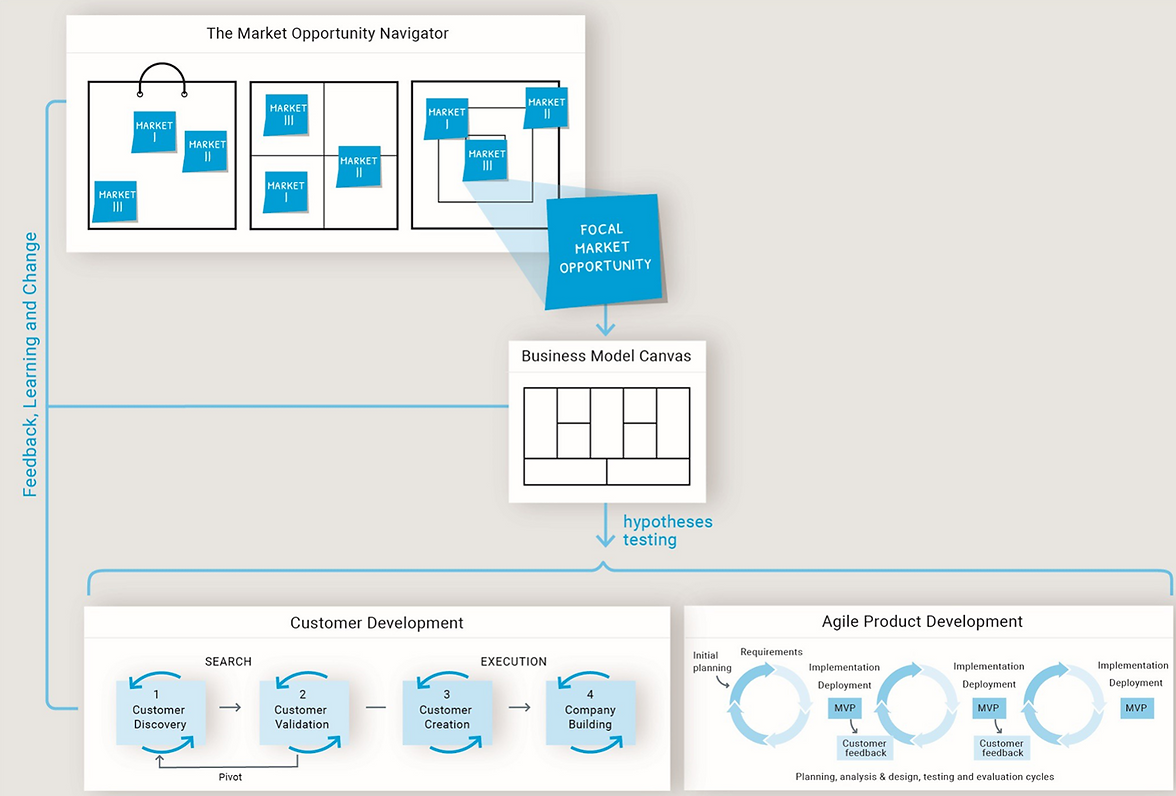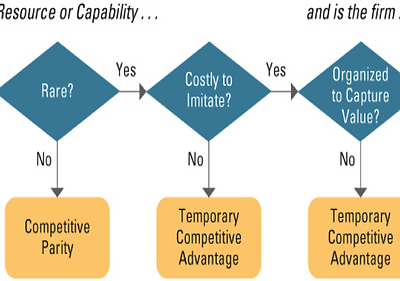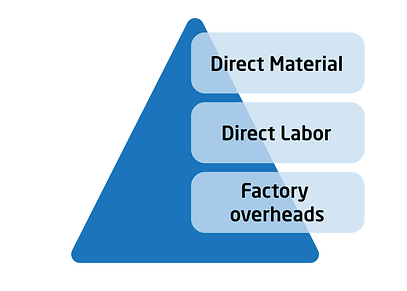
Toolkit for
Innovation & Entrepreneurship
This is the knowledge portal containing information on the tools and frameworks to be used in the UDTU Elective Workshop regarding integrating Innovation and Entrepreneurship in engineering education.
These tools and frameworks are divided into two categories: The first is Tools and the second is Approaches. The former is concrete and actionable tools to be used in education, and the latter is overall approaches to consider when designing a relevant engineering course.
The final section Educational Cases shows examples of how to apply some of the tools and frameworks in an educative setting. The participants of the UDTU Elective Workshop are recommended to use this website for self-learning. A corresponding virtual workspace is provided on a Miro whiteboard here.
Tools
These are tools to be used in engineering courses for students to understand and define the problem, explore the solution for innovation, and analyze the market. They are divided into four categories:
Discover, Define, Develop & Deliver.
DISCOVER
DEFINE
DEVELOP
DELIVER
Approaches
These approaches can be utilized by students to provide structure in tackling complex problems with creative, human-centered, and iterative elements.
From idea to concept development

Several tools can be used in combination for innovation.
For instance, the Market Opportunity Navigator can be a useful first step for discovering opportunities enabled by new technologies.
When new market opportunities are identified and prioritized, one can move on to further develop an initial business model, upon which customers are to be developed and acquired and concrete product and/or (digital) services can be developed using an agile approach.
Educational Cases
Case 1
Integrated Food Product Innovation (DTU Food)
The students in this course will acquire competencies in the part of food product development, which is concerned with food product design and food production technology. These would typically be the tasks that product developers would be assigned in a product development laboratory in the food industry.
The students will learn all necessary technical knowledge on food product development (regarding the chemical process, experimentation, labeling, as well as packaging design).
First, the double-diamond framework is introduced to help students identify the problems and explore solutions. Next, tools on innovation, such as the value proposition canvas, business model canvas, competitive analysis, and cost of production are introduced to the student in the course so that they can create a product that has a potential and a validated market.
By the end of the course, students present a whole project regarding the physical product design AND the business/market analysis.
Case 2
X-ray and Neutron Experiments at International Research Facilities (DTU Physics)
The course provides a practical introduction to the characterization of materials using X-ray and neutron scattering techniques. The main focus will be on applications within hard condensed matter science, soft condensed matter science and material science. Part of the course will consist of hands-on exercises performed at an international large-scale x-ray facility. It is a highly technical course.
Nevertheless, elements of innovation can still be integrated into the course curriculum to ensure students understand the value of x-ray and neutron scattering technology for industry innovation and the possibility to create new business solutions.
To do so, the course includes an introduction to the industrial application of X-ray and neutron scattering and displays the use of X-ray and neutron research facilities, such as MAX-IV and European Spallation Source in Sweden.
Although innovation and market development is not the core element of the course, students can use the double diamond framework to explore what problems X-ray and neutron scattering can potentially solve. They can then use the Market Opportunity Navigator to identify some high potential market opportunities.
This way, the purpose of learning about the technology has a clear drive and the learning becomes more engaging.










